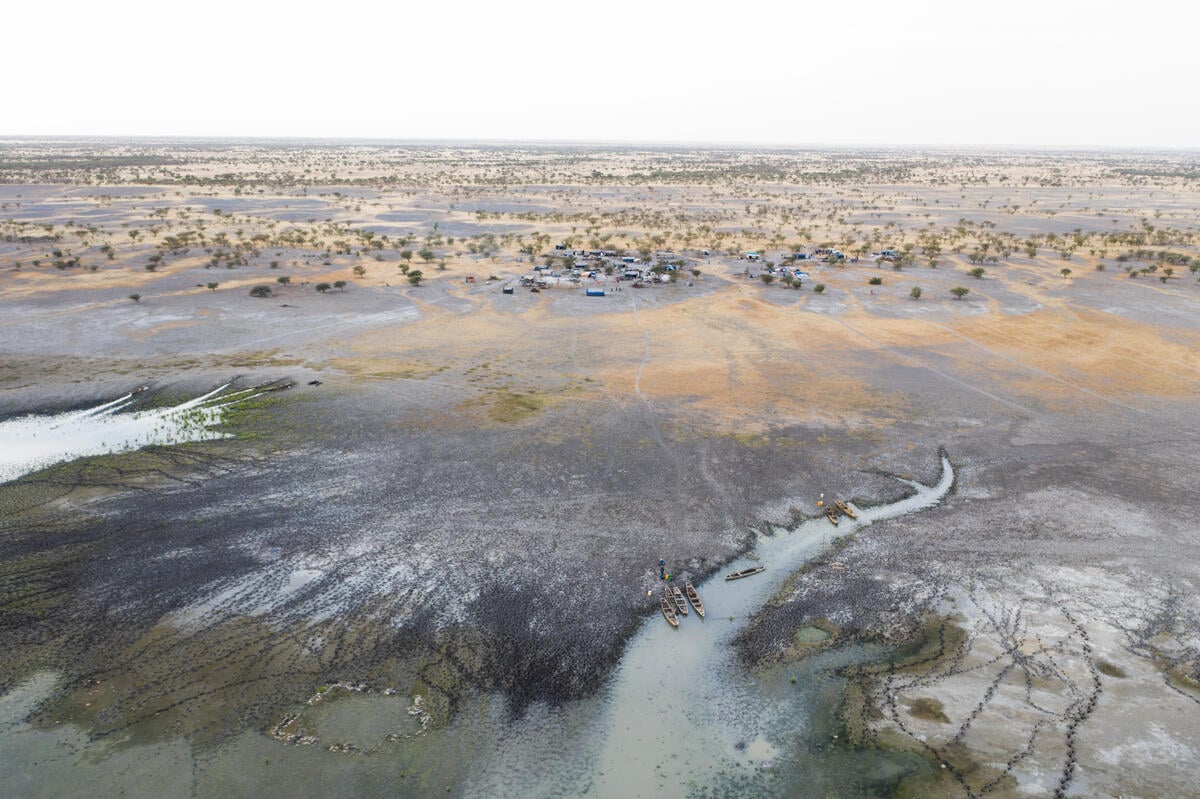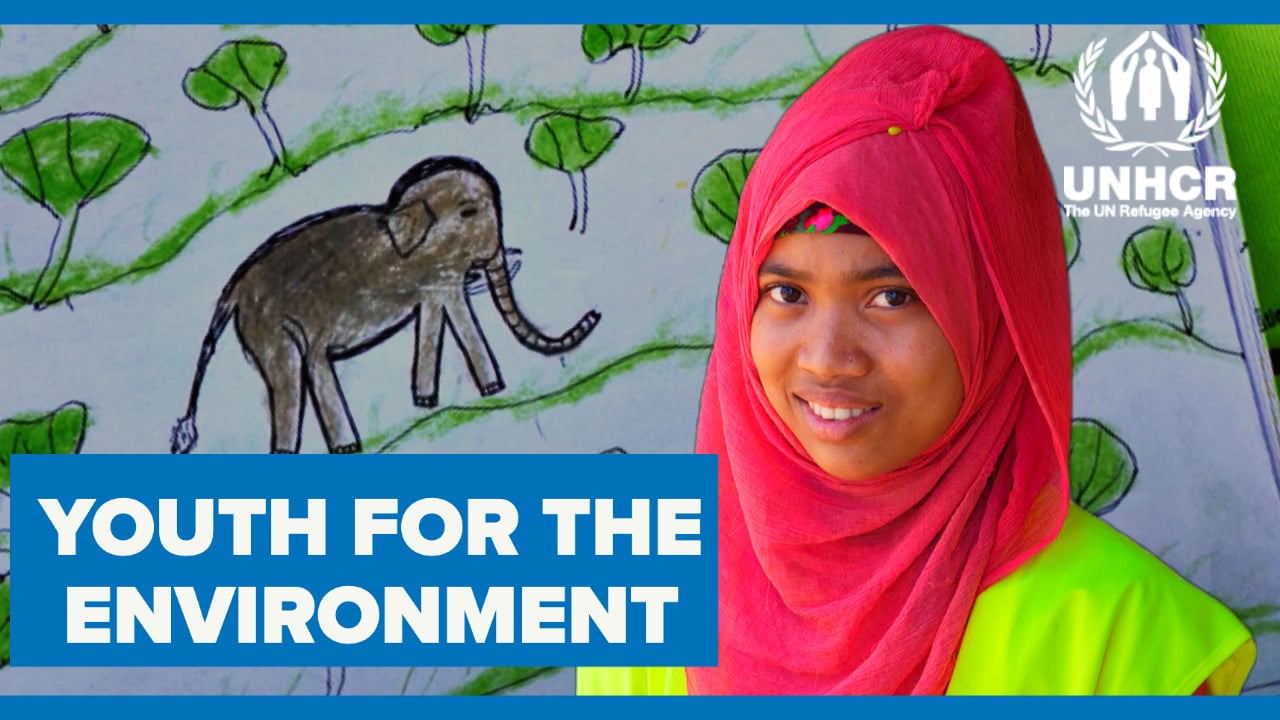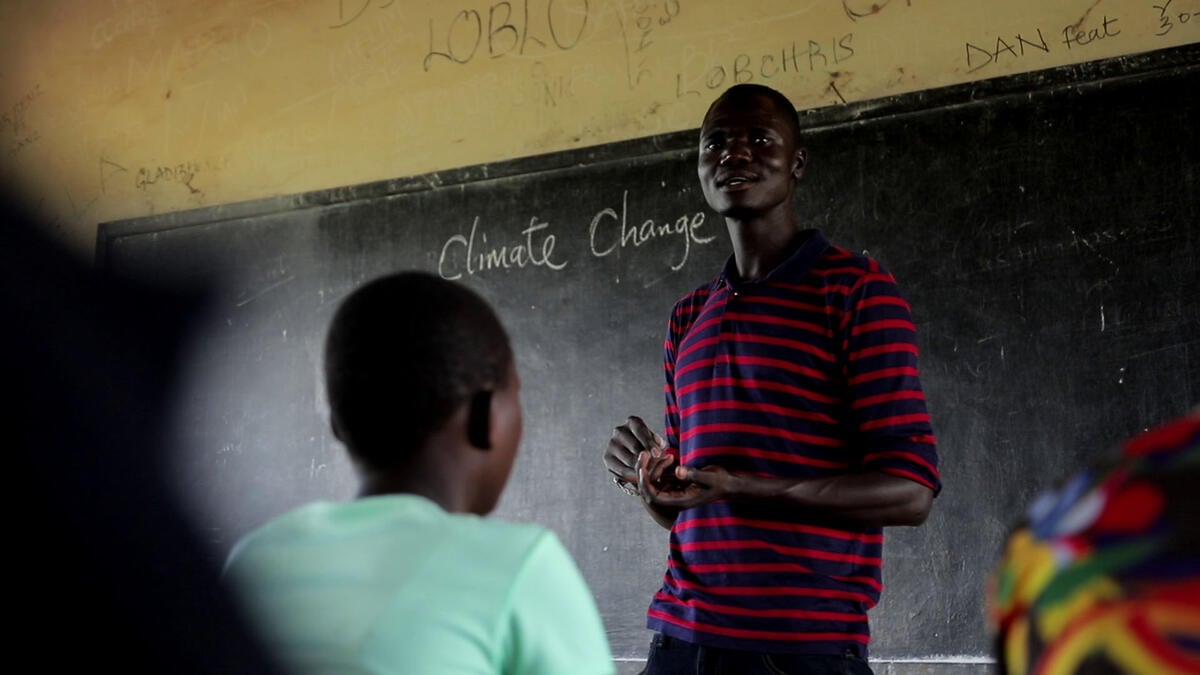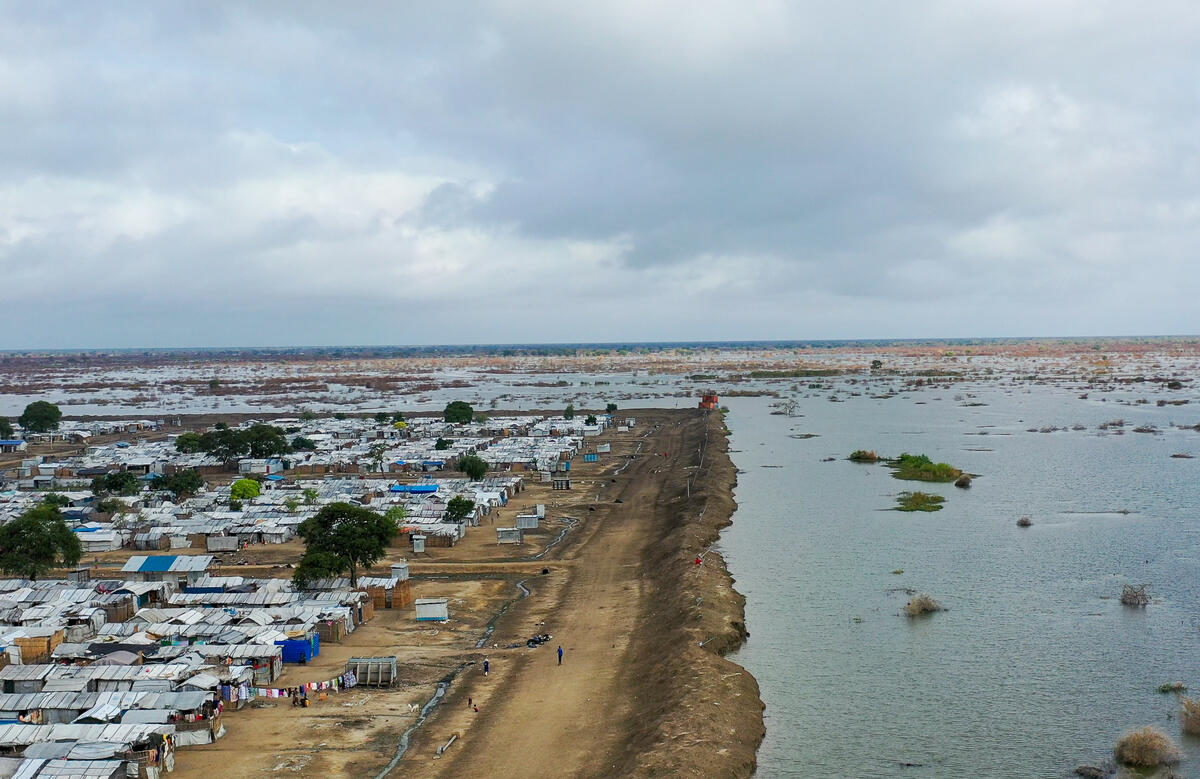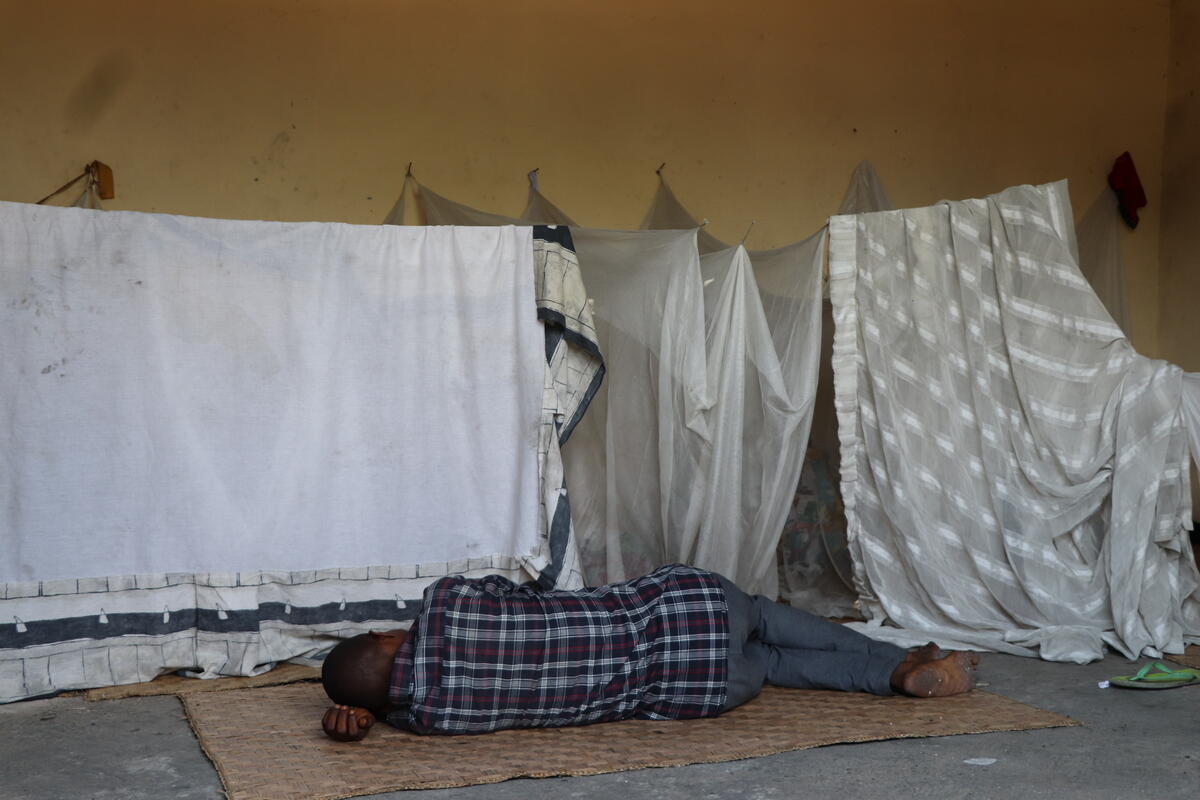Bottled sand builds better homes for Sahrawi refugees
Bottled sand builds better homes for Sahrawi refugees

TINDOUF, Algeria – With a master’s degree in energy efficiency, Sahrawi refugee Tateh Lehbib Breica had originally planned to build an energy efficient home in the desert, using discarded bottles for a roof garden
But as the roof’s circular form presented construction challenges, the 27-year-old found himself left with numerous bottles which were no longer good for their intended purpose – growing plant seedlings.
“I asked myself ‘What can I do with these?’” says Breica, who was born and raised in Awserd refugee camp, attended university in Algiers under a DAFI scholarship, and later studied for his master’s at a Spanish university.
"I remembered a documentary I had seen... on building using plastic bottles, and thought, ‘Why not try that?’”
“Then I remembered a documentary I had seen, during my university studies, on building using plastic bottles, and thought, ‘Why not try that?’”
Providing adequate housing that can withstand the harsh desert climate is a challenge in Awserd camp, one of five in the area surrounding Tindouf, sheltering Sahrawi refugees who fled fighting in the Western Sahara War more than 40 years ago.
Houses built from mudbricks, or adobe, are vulnerable to the heavy rains that periodically sweep in over the Sahara Desert, including one storm in late 2015 that demolished thousands of homes. Frequent sandstorms also fill the houses, and traditional Sahrawi tents, with choking dust, leading to temporary evacuations.
The first house Breica built, using discarded bottles filled with the ubiquitous sand, was for his elderly grandmother, who has difficulty walking and was injured while being carried to a community centre in the camp to sit out one sandstorm.
In addition to having greater structural resistance to water, the thick-walled circular home also presented a lower profile to the wind and proved better at keeping out the penetrating sand and dust from the sandstorms or “haboobs.”
Breica’s interest in building with throwaway plastic containers earned him the moniker of “Majnoun al qarurat” – “Crazy with bottles.” The structure’s uniqueness, together with posts that Breica made on Facebook, also ensured that the house received a lot of attention beyond the camp.
Among those who were quick to perceive its benefits were staff with UNHCR, the UN Refugee Agency, who came to see it for themselves.
“After the October 2015 heavy rains that damaged and destroyed tens of thousands of adobe houses, UNHCR has been working with the Sahrawis on improving construction techniques, to better withstand the severe weather of this region,” says Juliette Murekeyisoni, Senior Field Coordinator for UNHCR in Tindouf. “We have been supporting the use of bricks fortified by cement, and now we are supporting the use of plastic bottles.”
“Adobe houses can be destroyed by heavy or prolonged rain, use of plastic bottles ... will create more durable structures."
Shelter Officer Otis Moore, meanwhile, explains that plastic bottles have advantages over the adobe brick houses and traditional family tents used by most Sahrawis, while the circular house design itself brings its own benefits.
“As the adobe houses can be destroyed by heavy or prolonged rain, use of plastic bottles instead of mud-brick will create more durable structures. And we have adopted the circular shape because it is aerodynamic and can withstand storms more effectively.”
Now, in a project bankrolled by the UNHCR Innovation Fund, Breica is working with the UN Refugee Agency to construct 25 houses using sand-filled plastic bottles in place of bricks in all five camps: Awserd, Boujdour, Dakhla, Smara and Laayoune. The houses, which are on track for completion this month, will be allocated to vulnerable people.
In recognition of his creative designs, Breica recently received an award for 2016 Personality of the Year from a local magazine. However, the nickname given him in the camp has stuck: “People still see me as the guy obsessed with recycling bottles and building unusual houses,” he says.

